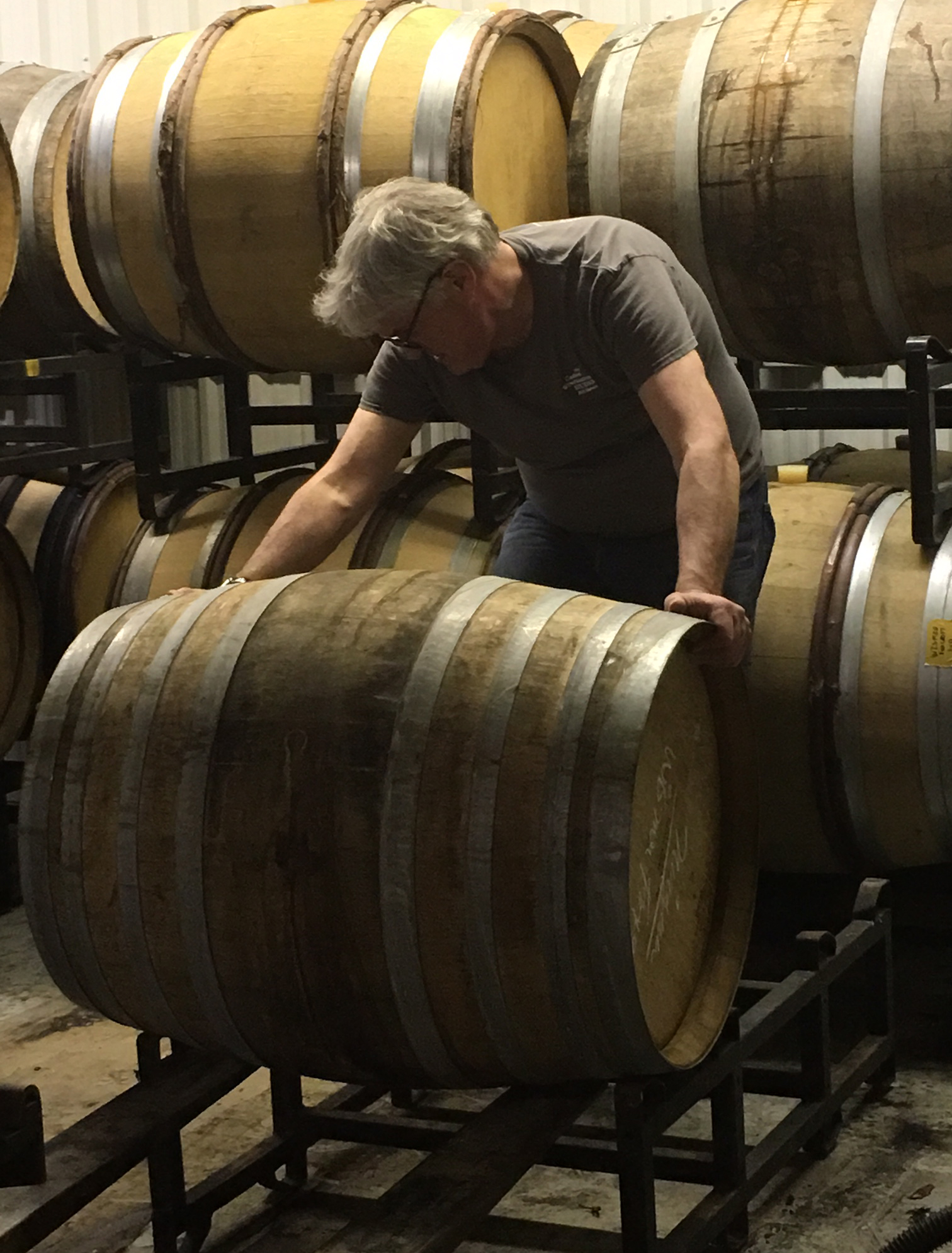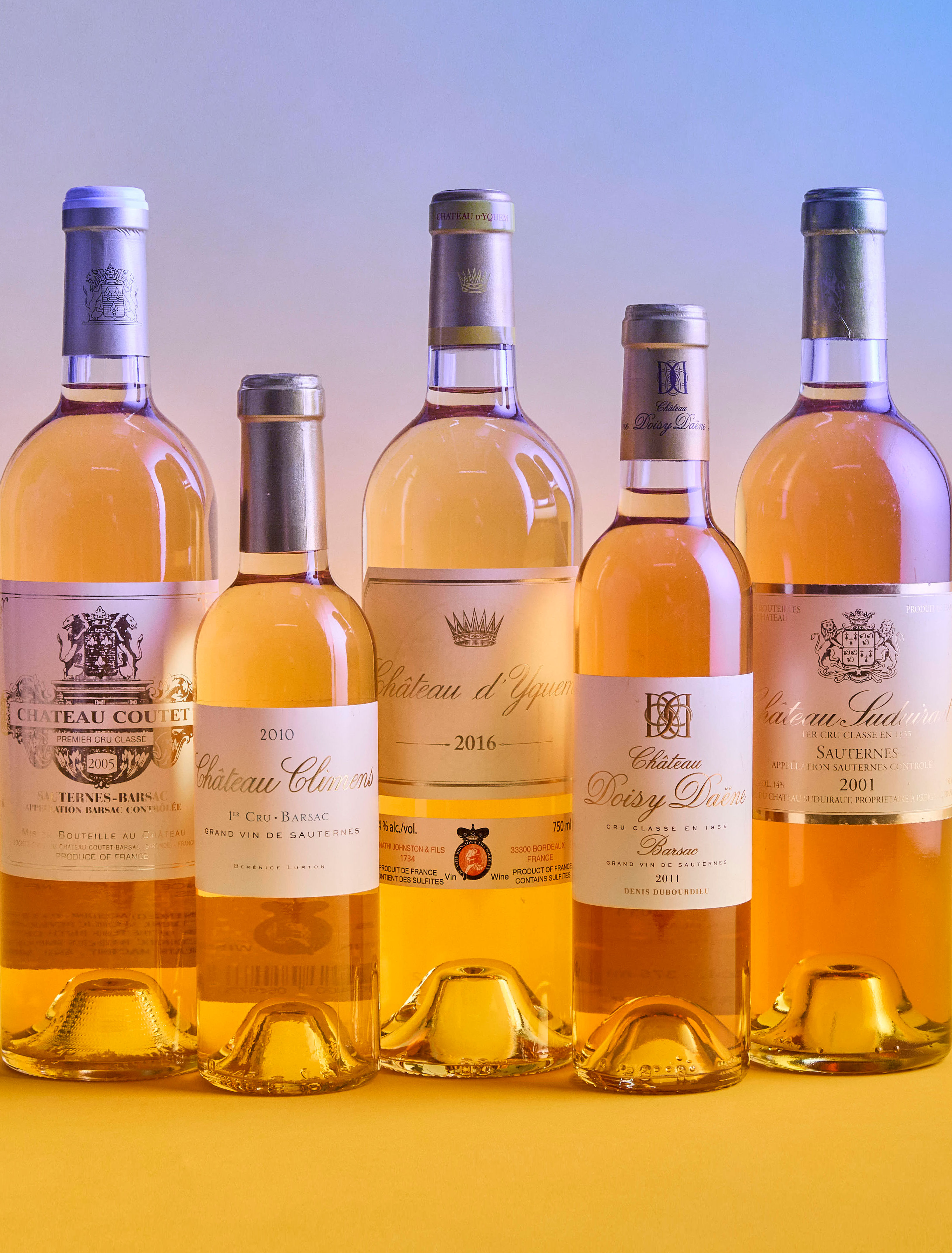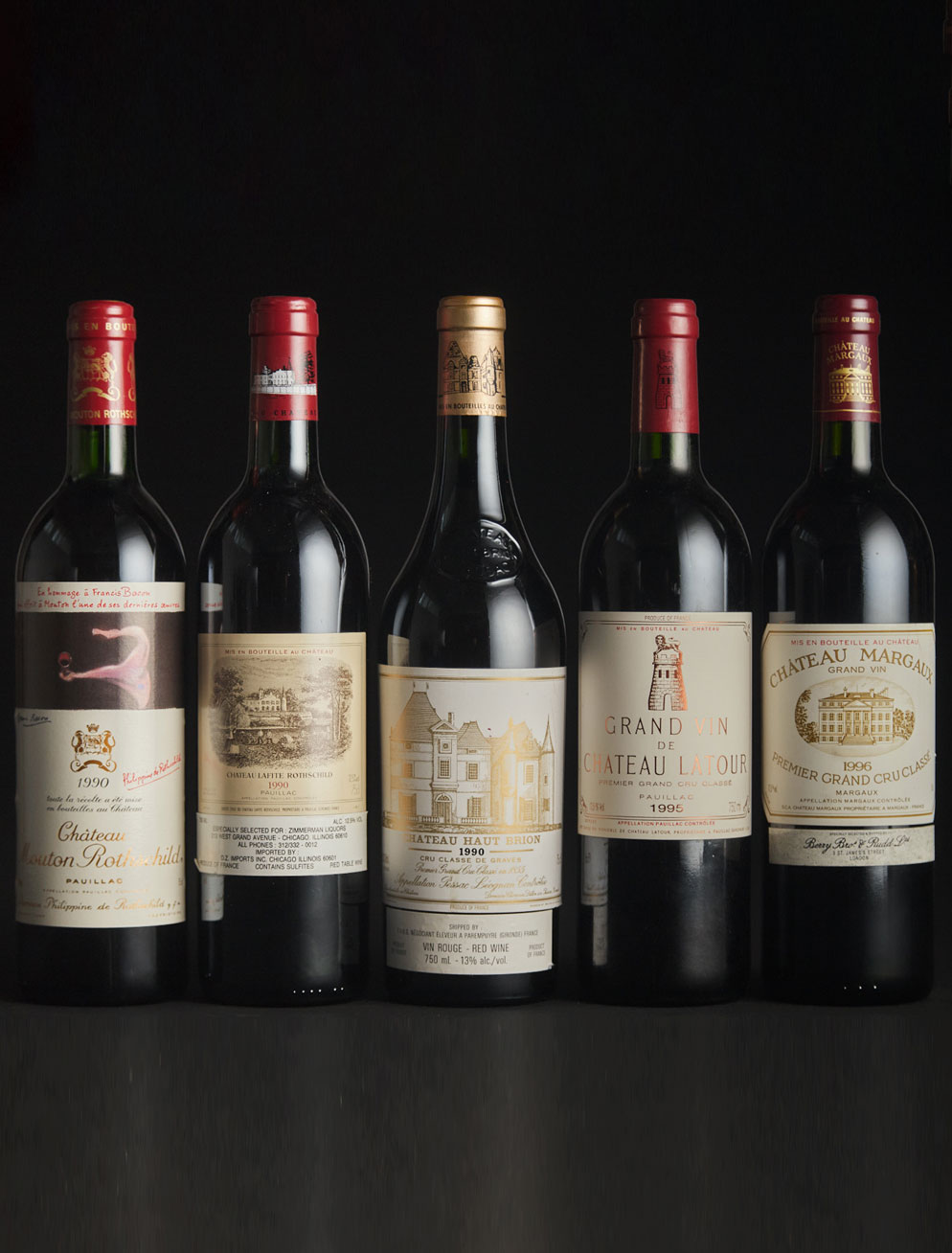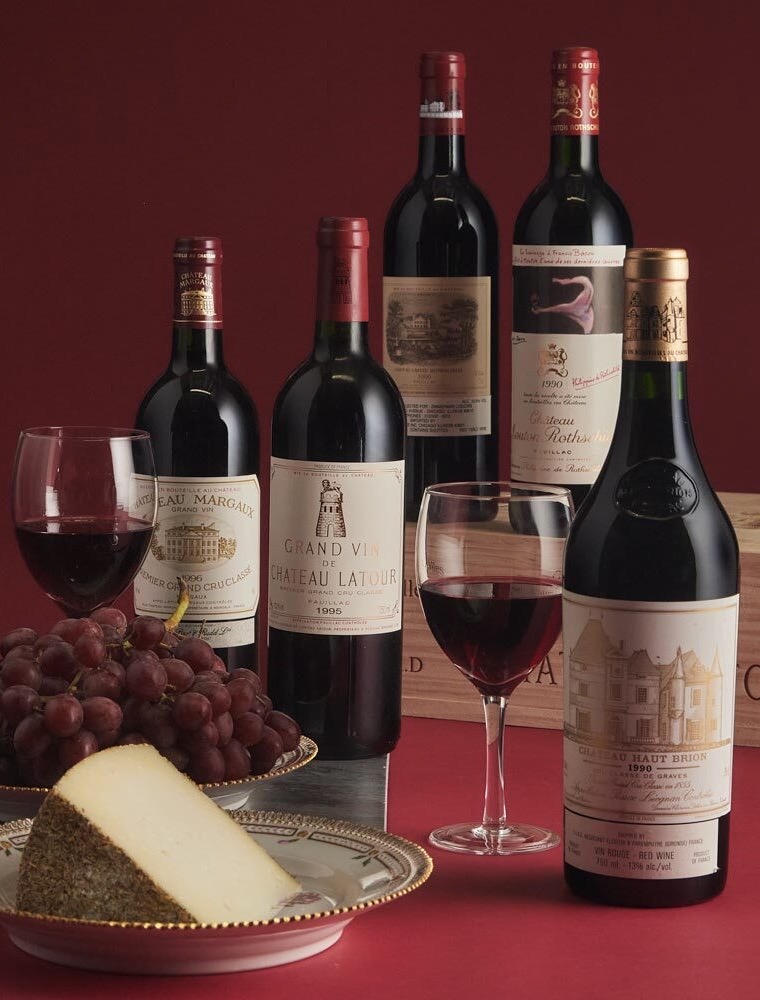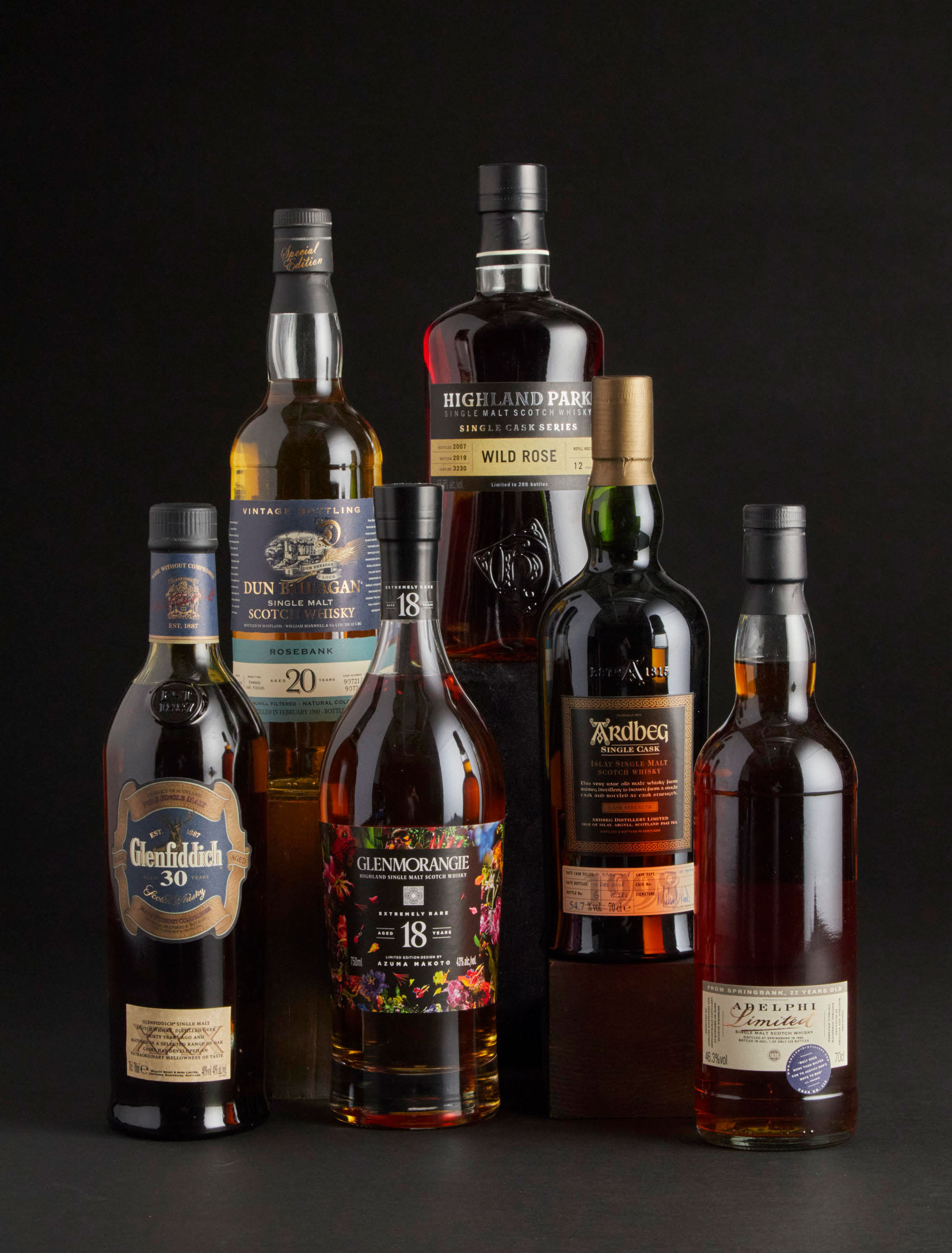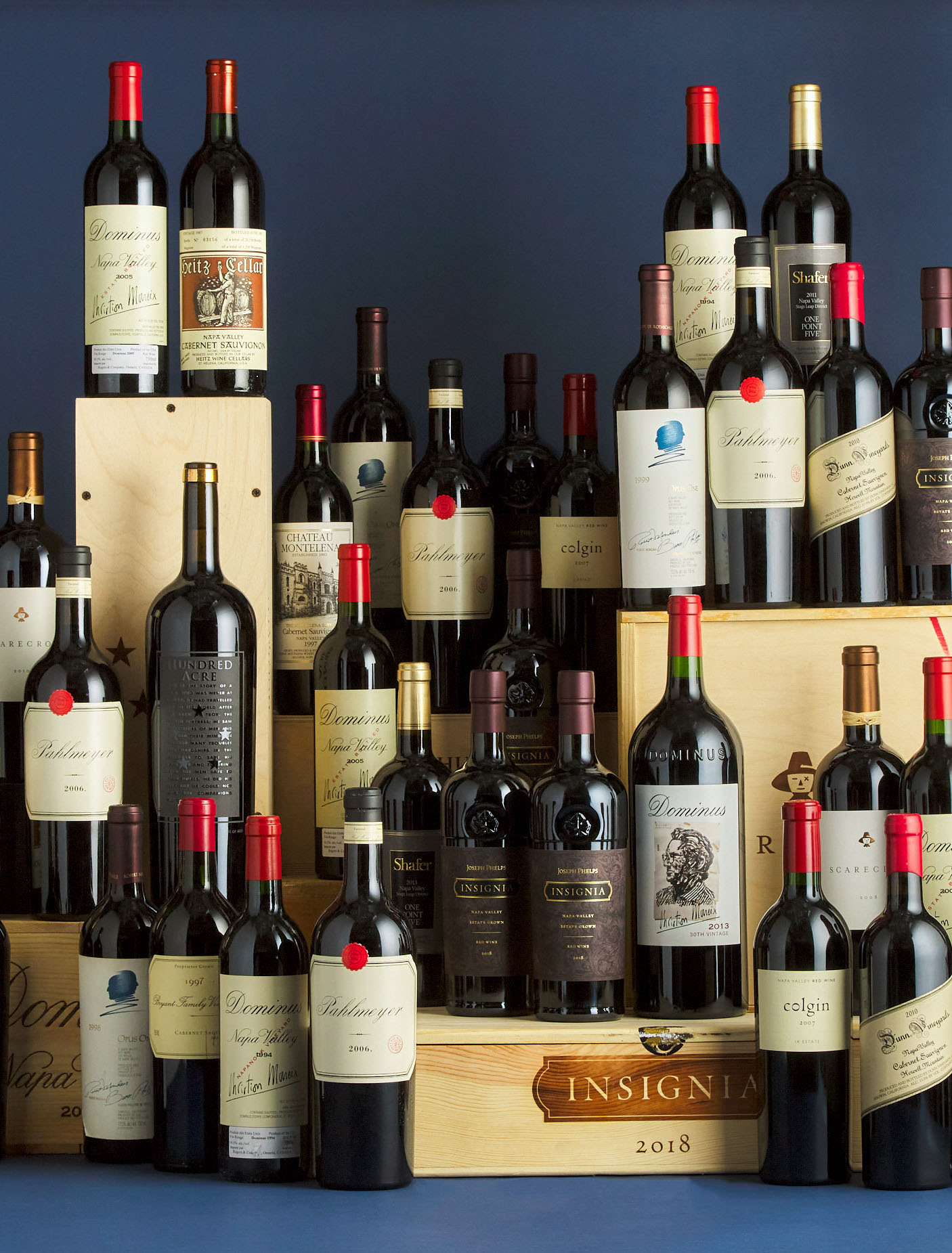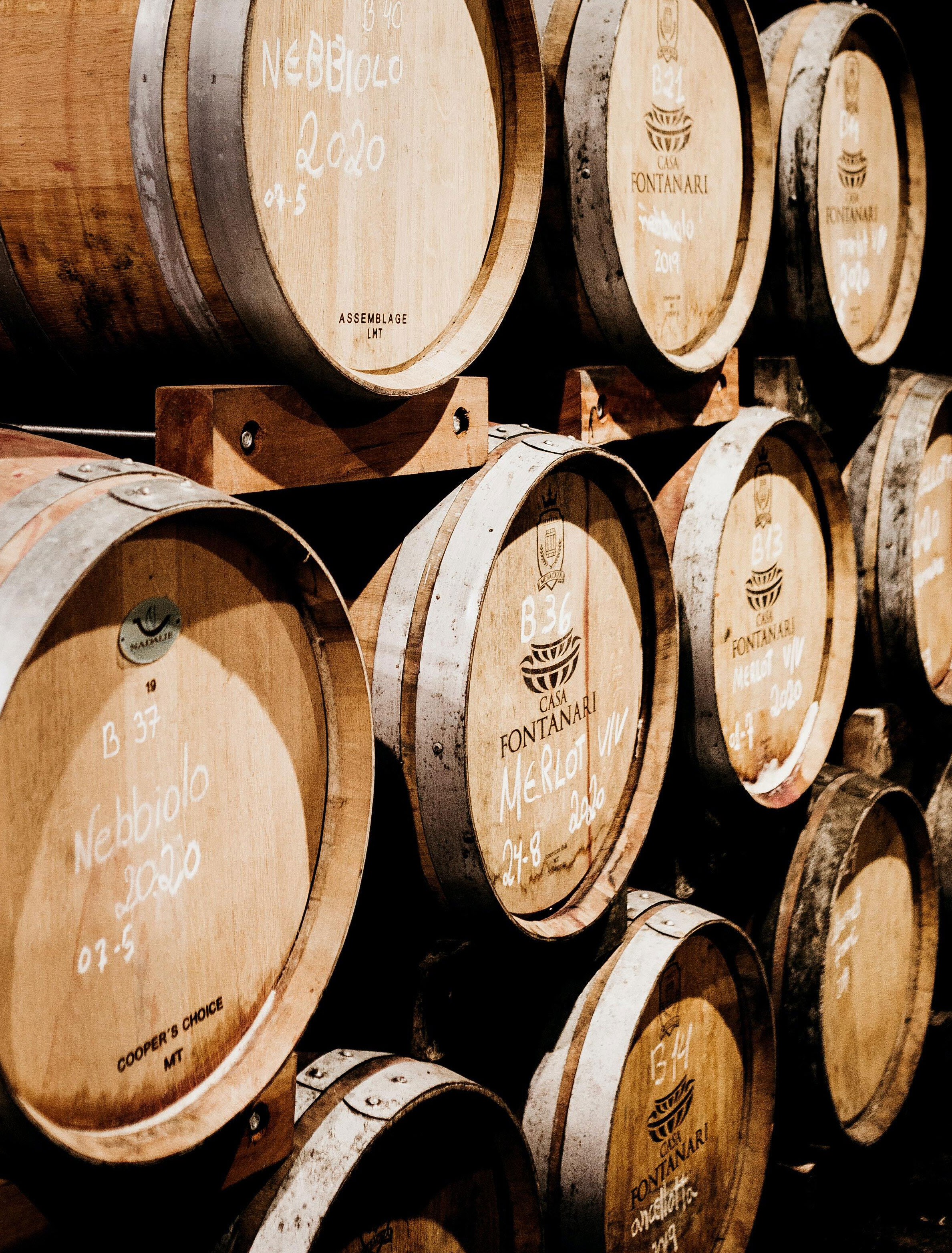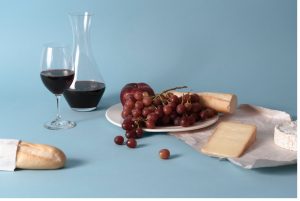 Although serving steak with red wine seems as obvious a pairing as peanut butter and chocolate, the complexities of wine pairing begin to increase when the cooking gets more intricate.
Although serving steak with red wine seems as obvious a pairing as peanut butter and chocolate, the complexities of wine pairing begin to increase when the cooking gets more intricate.
Waddington’s Fine Wine auctions feature bottles from such a diverse range of varietals and regions, which inspired us to share some key tips for successfully combining two of our favourite things: eating and sharing fine wine.
Whether you’re matching wine to food or food to wine, we’ve rounded up some of our favourite tips for a successful meal.
Bon appétit!
- Colour match. Generally speaking, bolder, darker meats (red meats) pair best with red wines, while less intense proteins (chicken and white fish) pair best with white wine. Consider this a good place to start when planning a meal. Curious as to why this rule works? The tannins in red wine help to soften the proteins in the meat, while also enhancing the flavours of the fat. As a contrast, the acidity of white wine enhances the taste of the fish, in the same way that a squeeze of fresh lemon helps to brighten seafood’s flavours.
- Consider the sauce. The most prominent element of the dish should be the focus of your pairing. Often, a heavy or intense sauce will be the dominant note on the plate, pushing the flavour of the protein into second place. As an example, a Chicken Tikka Masala pairs beautifully with Pinot Noir, as the flavours of the chicken take a backseat to the piquant sauce. Serving an anchovy-laden Puttanesca pasta? A Ripasso, or Zinfandel, would be the ticket, even though the dish is loaded with fish.
- The wine should be sweeter than the food. Beware the overly-sweet dessert! Too much sweetness on the plate will shatter a wine’s structure and character. If you’re planning on serving a special sweet wine, pick the dessert to match and not vice versa. Try pairing a dessert wine with sweets which veer towards fruitiness, nuttiness, or richness. Super-sugary desserts like cake are best left to be dealt with by coffee!
- Choose a wine you actually like. It might seem obvious, but just because a wine pairing works, doesn’t mean it will work for you. Plenty of us have strong preferences about what belongs in our glass, and no amount of sommelier pairing magic will change that! Choose wines (and foods!) which bring pleasure by themselves.
- Age before foodie. While opening an older bottle might seem like a good time to bring out the culinary razzle-dazzle, remember that as a wine matures, it softens. Complex secondary notes, developed with age, will be lost when paired with big flavours and rich sauces. Err on the side of simplicity.
- Equal partners. Wines should have a similar intensity and weight as the food they are paired with. Delicate wines pair with delicate dishes, while hearty pairs with hearty. The ‘weight’ of the dish comes from the fat—whether that comes from the cooking method, main ingredient or sauce. To expand, let’s look at the humble salad–which most of us would consider a light dish–but which can transform into something much more intense if dressed a balsamic or blue cheese vinaigrette. When reading a wine’s label, those with less than 12% alcohol tend to be lighter-bodied, which those over 14% are usually heavier and more intense.
- Congruent vs. contrasting. Sommeliers use two main strategies when thinking about pairings. Congruent (also referred to as ‘mirroring’) is when shared characteristics, compounds or flavours are used to identify the best pairings. A good example of this would be a creamy pasta with a creamy Chardonnay. A contrasting pairing would take the opposite tack, looking for notes which would differ from the star flavour, such as pairing the creamy pasta with a crisp sauvignon blanc or Champagne. Generally speaking, red wines create congruency, while white, sparkling and rosé wines create contrast.
- Use your words. If a certain word jumps to mind when describing a dish or a wine, there’s a good chance that it will pair nicely with a food or wine that could be described using the same adjective. A fruity dish like pork with apples would pair will with a fruit-forward wine, while a sweet dessert would find harmony with a sweet wine. This isn’t a foolproof rule, however, but works as a nice starting place. Working with similarities can often have the interesting side effect of cancelling out that specific note, giving prominence to more subtle or overlooked flavours. An example of this would be serving an earthy wine with an earthy dish, which might coax out a wine’s fruitier notes.
- Salty and sweet. Just like a chocolate-dipped pretzel or a salted caramel, saltiness and sweetness are two tastes which play very well together. Salty Asian dishes work as the perfect foil for sweeter, higher-acid Rieslings, in much the same way that port tastes so delicious with salty cheeses.
- Flexibility is key. Karen MacNeil, author of The Wine Bible, tells oenophiles to choose a flexible wine. As an example, she cautions pairing food with Chardonnay, which, despite its huge popularity and drinkability, can be temperamental when paired with food. The toasty oak and high alcohol content, which are so great in the glass, can become wooden and hard when met with other flavours. MacNeil cites Sauvignon Blanc or dry Rieslings as the most food-friendly whites, whose acidity stimulates the appetite and cleanse the palate. When it comes to red wines, MacNeil’s picks include those in possession of good acidity like Chianti, red Burgundy, and American Pinot Noir, or red wines with tons of fruit and less tannins, such as Zinfandel, simple Italian reds, and southern Rhône wines like Châteauneuf-du-Pape.
Looking to brush up on your wine and spirits knowledge? There’s always something to read on our blog, including posts about Château Pétrus, Japanese Whisky, and even how to choose the right wine glass.
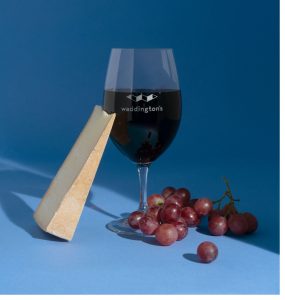 About the auction:
About the auction:
Join us for our highly-anticipated first Fine Wine auction of 2022, featuring a diverse selection of wines from both the Old and New World.
We are delighted to offer a very rare full case of 1995 Pétrus in its original wood. There are also several compelling verticals in this auction: Pétrus (2011-2015); Opus One (2008-2016); Sassicaia (2008-2013); and Ornellaia (2006-2017).
Not to be overlooked are two 100-point Massetos in original wooden cases (lots 361 and 362).
Other exciting highlights include a magnum of 1945 La Mission Haut-Brion, classified Bordeaux, beautiful Burgundies, Hungarian Tokaji, cult Californians, and a very rare Taylor Fladgate 1863 Very Old Single Harvest Tawny Port, plus much more!
A thoughtfully curated auction featuring over 450 lots of bottled treasures for all collections and cellars.
Our Fine Wine auction will be available online from February 28 at 9 am ET until March 8 at 6 pm ET.
We invite you to browse the gallery for the Fine Wine auction, as well as the gallery for our Fine Spirits auction.
We are always delighted to answer any questions you may have about current offerings, how to buy, build a collection or consign wine and spirits.
Please contact Joann Maplesden at 416-847-6182 or [email protected] or Devin Hatfield at 416-847-6181 or [email protected]
Related News
Meet the Specialists

Joann Maplesden
Senior Specialist

Devin Hatfield
Specialist



